Young individuals dominate fintech lending platforms, signaling a shift to digital borrowing. Understanding their financial behavior is crucial for responsible lending and financial inclusion. Tailored products and financial literacy initiatives are needed. Despite this, the low default rate among young borrowers indicates sector stability, but continued oversight is essential.
What’s New
In a recent disclosure by the Indonesian Joint Funding Fintech Association (AFPI), it was revealed that the most active borrowers on financial technology (fintech) lending platforms are young individuals, with a majority falling under the productive age category. The data indicates that the majority of borrowers are below the age of 34, constituting nearly 80% of cash loan platforms.
Behind the News
AFPI’s Chairman, Entjik S. Djafar, stated during a press conference in Jakarta that young individuals, particularly those with less than five years of work experience, often exhaust their salaries within weeks after receiving them for various daily needs. This phenomenon is not unique to Indonesia but is also observed in other countries such as Singapore and China. However, despite this, they are still able to repay their loans smoothly, as conveyed by AFPI’s Corporate Communications Director, Andrisyah Tauladan. He mentioned that these individuals are part of the income-earning population, enabling them to fulfill their loan obligations. Thus far, their repayment behavior has remained satisfactory, with a default rate of less than three percent.
Why It Matters
The prevalence of young borrowers on fintech lending platforms highlights a growing trend in the financial landscape, indicating a shift towards digital borrowing among the youth demographic. Understanding the borrowing habits and repayment capabilities of this demographic is crucial for fintech companies, regulators, and policymakers to ensure responsible lending practices and financial inclusion.
What We Are Thinking
The data underscores the financial behavior and preferences of the younger generation, emphasizing the need for tailored financial products and services that cater to their needs and preferences. It also prompts discussions around financial literacy initiatives targeted at young borrowers to empower them with the knowledge and skills needed to make informed financial decisions. Moreover, the low default rate among young borrowers signifies a level of financial responsibility and capability, which bodes well for the stability of the fintech lending sector. However, continued monitoring and oversight are essential to mitigate potential risks and safeguard the interests of borrowers and lenders alike.









